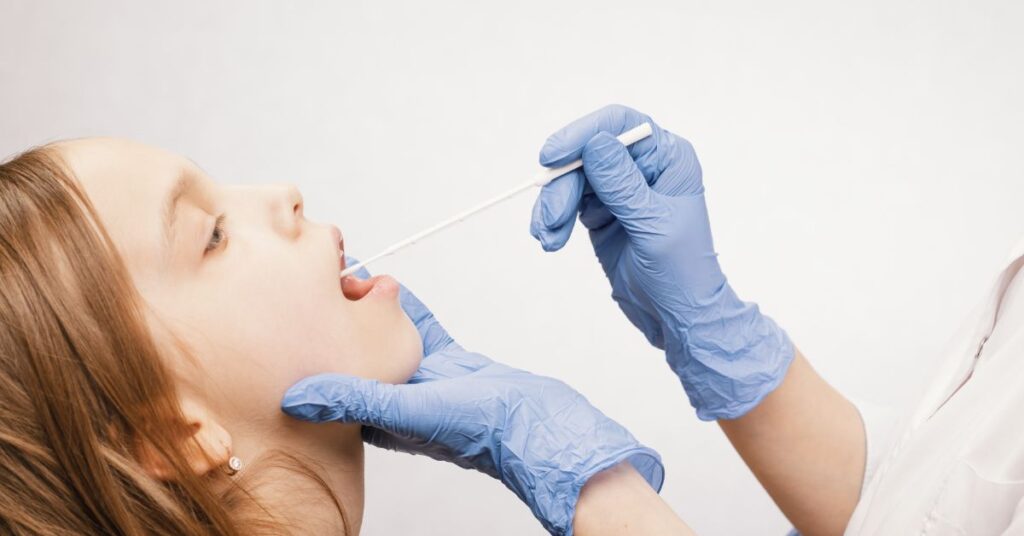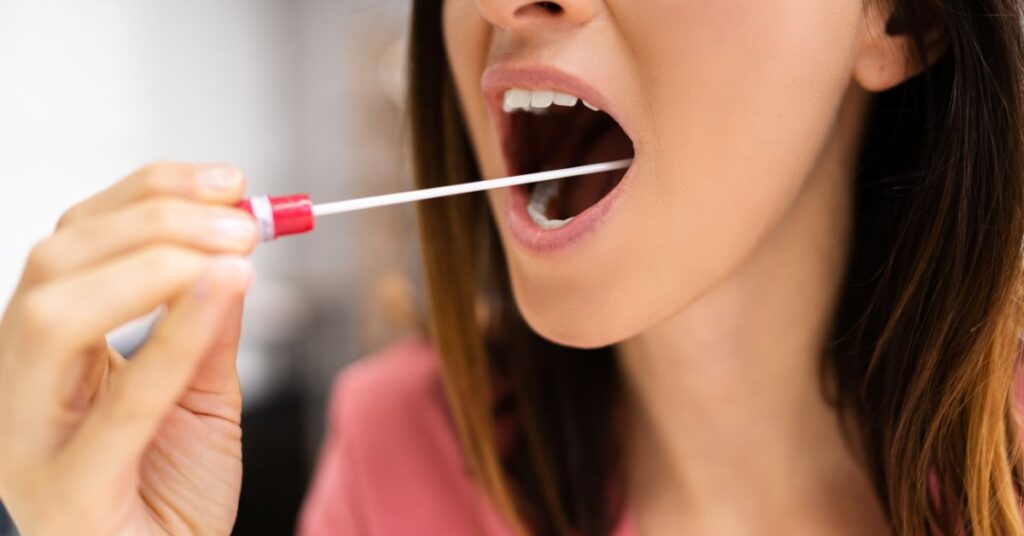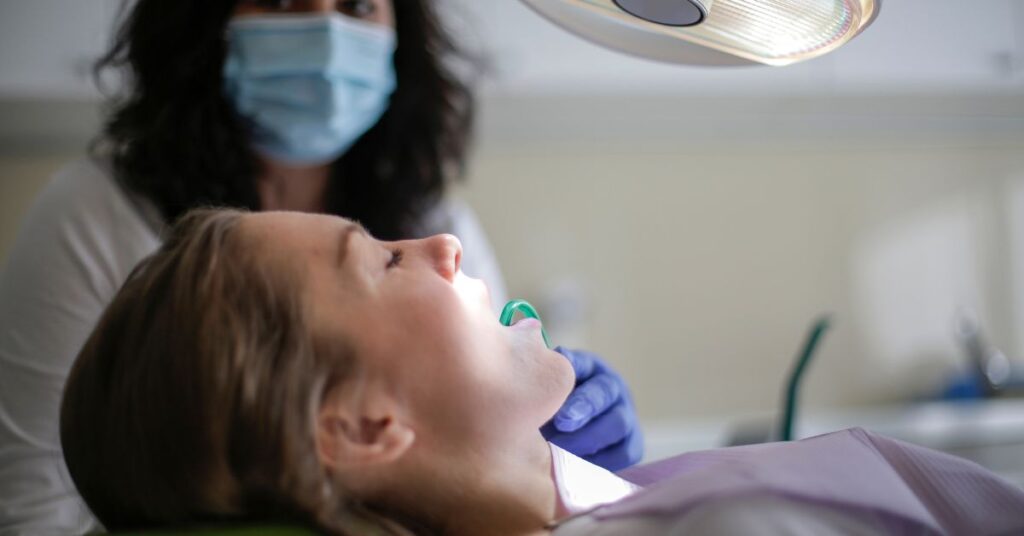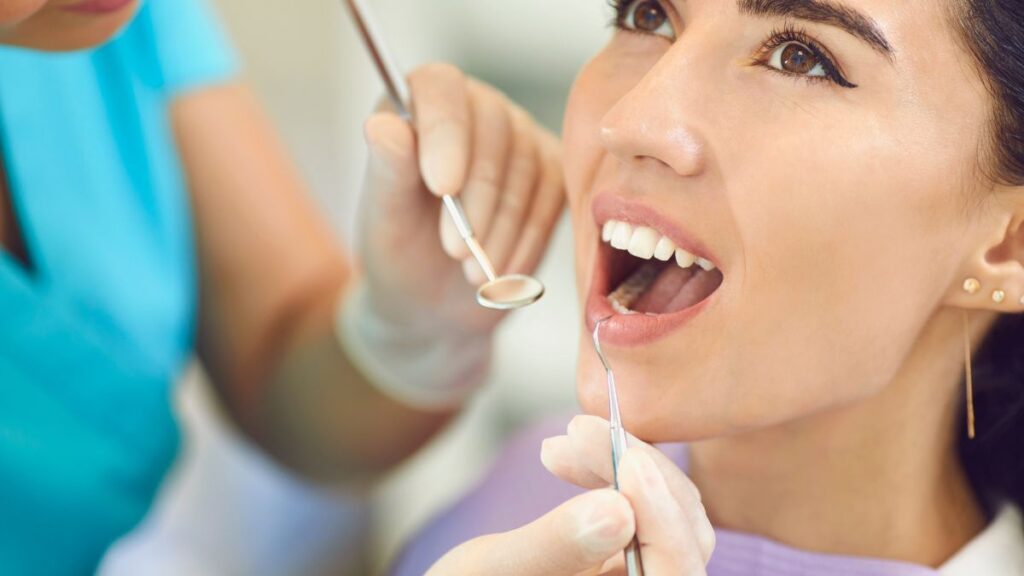
Introduction
Saliva is an aqueous fluid secreted into the oral cavity by three pairs of major salivary glands – the parotid, submandibular, and sublingual glands. Saliva is comprised of 99.5% water, while the remaining 0.5% consists of electrolytes, mucus, antibacterial compounds, and various enzymes.
The key functions of this vital bodily fluid are to cleanse the oral cavity of leftover food debris and harmful bacteria, lubricate the masticatory tissues to facilitate chewing and swallowing and neutralize hazardous acids that can erode tooth enamel. Saliva also plays a part in the preliminary digestion of starches and fats. As such, adequate saliva production is imperative for maintaining oral health and preventing tooth decay, gum infection, and other problems.
Functions of Saliva

The digestive enzyme amylase is one of the main constituents of saliva. This compound plays a role in breaking down starch molecules into maltose and dextrin. Foods do not immediately come into contact with stomach acids after being swallowed, so this pre-digestion by amylase eases the workload for the gastrointestinal system. However, the mouth is not the primary site of food digestion.
Another vital purpose of saliva is to lubricate all the tissues of the oral cavity, including the mucous membranes lining the inside of the mouth and throat. The slick and slippery texture of saliva allows food to be maneuvered into a bolus for easy swallowing, as well as enabling efficient movement of the tongue and cheeks during mastication. Saliva coats and protects the soft mucosal tissues during this mechanical process.
While many foods are acidic, the environment in a healthy mouth tends towards alkalinity, with a pH between 6.2 to 7.4. This is due to bicarbonates, phosphates, urea, and other bases in saliva that actively neutralize acids. Bacteria in the mouth metabolize leftover carbohydrates and produce acids like lactic acid, but salivary buffers prevent pH from dropping too low and damaging tooth enamel through demineralization.
The fluid nature of saliva also enables it to wash away food debris and harmful bacteria from all surfaces of the oral cavity. Saliva helps dislodge trapped particles between teeth or along the gumline. Organic compounds like lysozyme and lactoferrin in saliva attack the cell walls of bacteria and obstruct their growth. This flushing activity diminishes the bacterial load, lowering the chances of plaque accumulation and acid damage.
Benefits of Saliva

While bacteria are always present in the oral microbiome, certain species like Streptococcus mutans can be cariogenic i.e. promote tooth decay if their populations are left unchecked. Saliva contains antibodies like Immunoglobulin A that identify and control numbers of harmful bacteria. Bacterial homeostasis is thus maintained through this monitoring mechanism.
The tooth surface is vulnerable to loss of mineral content after repeated acid attacks from bacteria or dietary sources – a process termed demineralization. However, saliva contains calcium, phosphate, and fluoride ions that can redeposit minerals into these compromised areas of enamel, sealing up the defects. This remineralization by saliva preserves the structural integrity and hardness of the teeth.
The buffering capacity of saliva also comes into play in maintaining the optimum neutral pH value in the mouth. Regular metabolic activities would continuously lower oral pH if not for the bases in saliva that actively counter every fall. This prevents the oral environment from turning too acidic and endangering tooth and mucosal health.
Factors Affecting Saliva Production

While 1 to 1.5 liters of saliva are secreted per day on average, estimates indicate that up to 90% of people suffer from dry mouth or xerostomia at some point in life. Medication side effects account for many such instances, with over 400 drugs capable of suppressing salivary flow as a result of anticholinergic action, diuretic effects, or adaptations by salivary glands. Autoimmune conditions like Sjogren’s syndrome can also be causative.
Manual stimulation of saliva is sometimes inadequate to meet the functional demands of the mouth. The lubricating and protective properties of saliva then fail to guard against frictional damage during eating and swallowing. Loss of salivary film additionally allows bacteria to cling to tooth surfaces and form plaque unimpeded. Frequent sipping of water and utilization of artificial saliva provide symptomatic relief but may be inconvenient.
With inadequate saliva flow, natural cleaning of the mouth is hindered. Food debris accumulates in various nooks and crannies, allowing bacterial populations to thrive. These microbes continue to generate harmful acids without the neutralizing capability of normal saliva. Prolonged acid attacks lead to cavities, hypersensitive teeth, and decay. Lack of remineralizing agents like calcium and phosphate further accelerates enamel damage.
Thus, reduced saliva secretion leads to oral malodor, greatly heightened caries risk, recurring mouth infections like candidiasis and ulcers as well as difficulty chewing, swallowing and even speaking. Periodontal inflammation is also common with gum recession and eventual tooth loss seen in severe cases of xerostomia. Maintaining salivary gland function is therefore critical.
Maintaining Saliva Production and Oral Health

Preserving adequate saliva volumes rests heavily on maintaining proper hydration levels. Water is the central component of saliva, so consuming adequate water, ideally, 8 glasses per day, is recommended. Avoidance of diuretics like alcohol and caffeine additionally supports salivary gland output. Sugary drinks can be particularly detrimental by increasing oral bacterial counts and triggering acid attacks. Refraining from smoking is similarly helpful.
Even with adequate salivary flow, practicing good oral hygiene remains vital to prevent disease. This includes brushing twice daily using proper technique along with interdental cleaning and daily flossing. Such mechanical plaque removal reduces acidification potential and lowers the bacterial burden for saliva to tackle. Limiting sugar intake and using fluoride-containing kinds of toothpaste also helps avoid decay.
For those experiencing dry mouth, chewing sugar-free gum to stimulate salivary flow can provide some relief in addition to frequent sips of cool water. Prescription artificial salivas containing carboxymethyl cellulose or animal mucins offer lubricative qualities and supplementary antimicrobial activity. Parasympathomimetic drugs like pilocarpine promote glandular secretions too. Such remedial measures become necessary when salivary production falls below functional needs.
Conclusion
saliva is pivotal to the maintenance of oral health due to the myriad protective, cleansing, and buffering effects it provides. Saliva aids in preliminary digestion lubricates soft tissues for frictionless movement during speech and mastication, neutralizes dangerous acids, and removes hazardous bacteria and debris – all critical aspects for preventing tooth decay and periodontal disorders. When salivary flow is diminished, either due to medications or medical conditions, the risk for dental caries, infections, and inflammation rises exponentially due to inadequate control over these pathogenic factors in the vulnerable oral environment. Preventative steps like smoking cessation, hydration, and oral hygiene can help preserve salivary gland function. Remedial measures become essential once the symptoms of dry mouth set in. As such, being cognizant of saliva’s indispensable role is key to sustaining long-term dental welfare.


